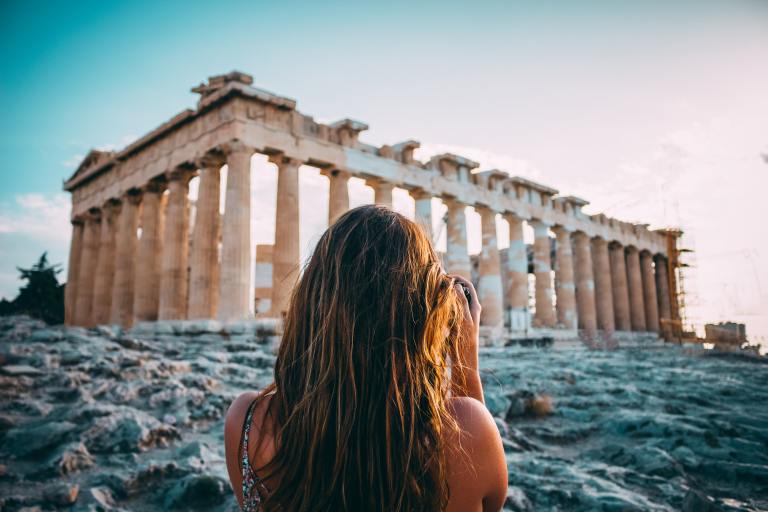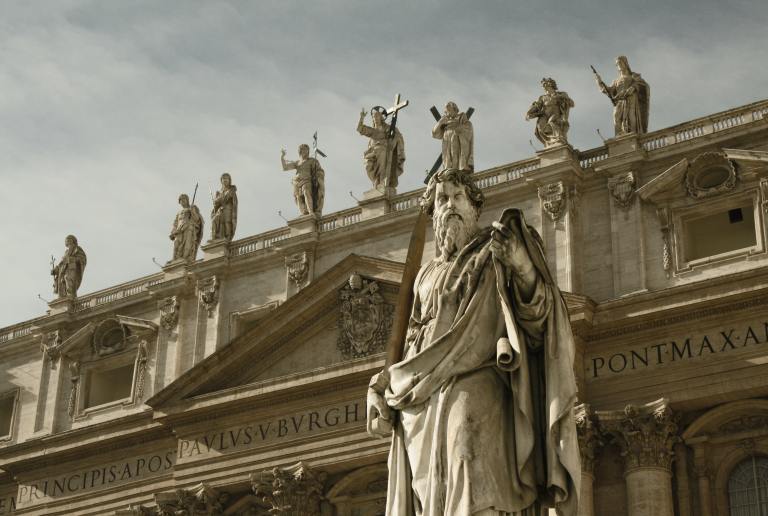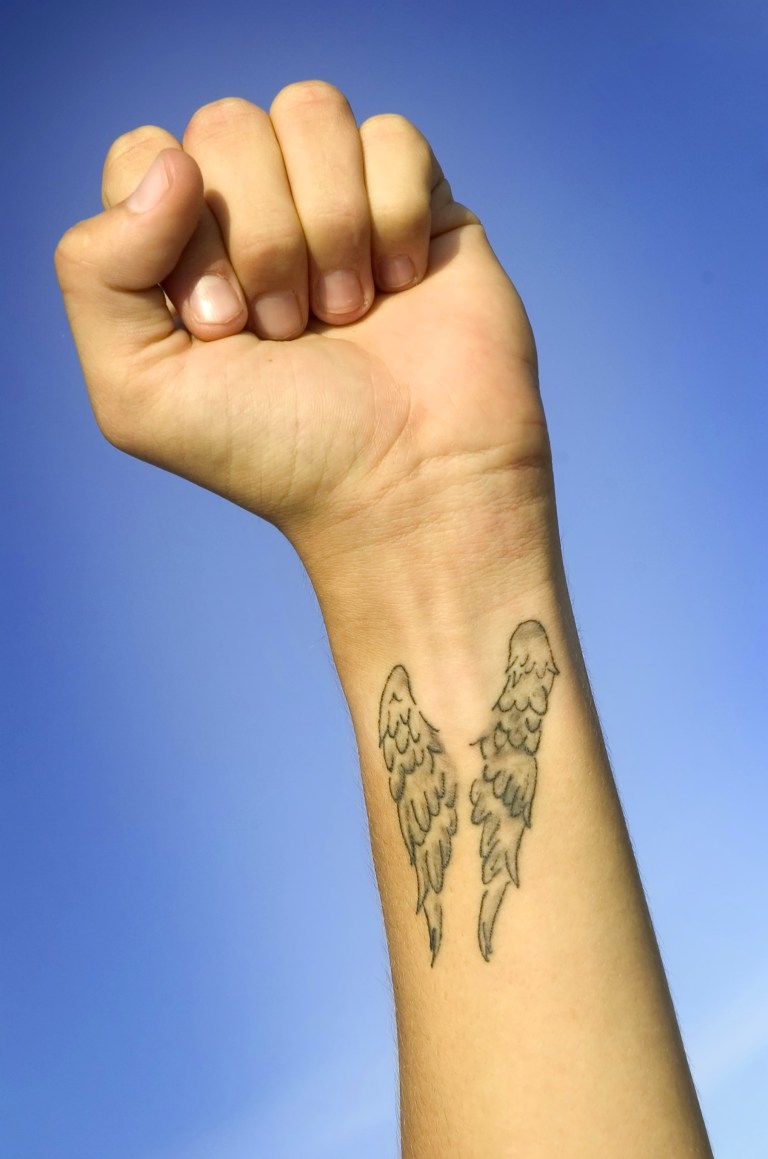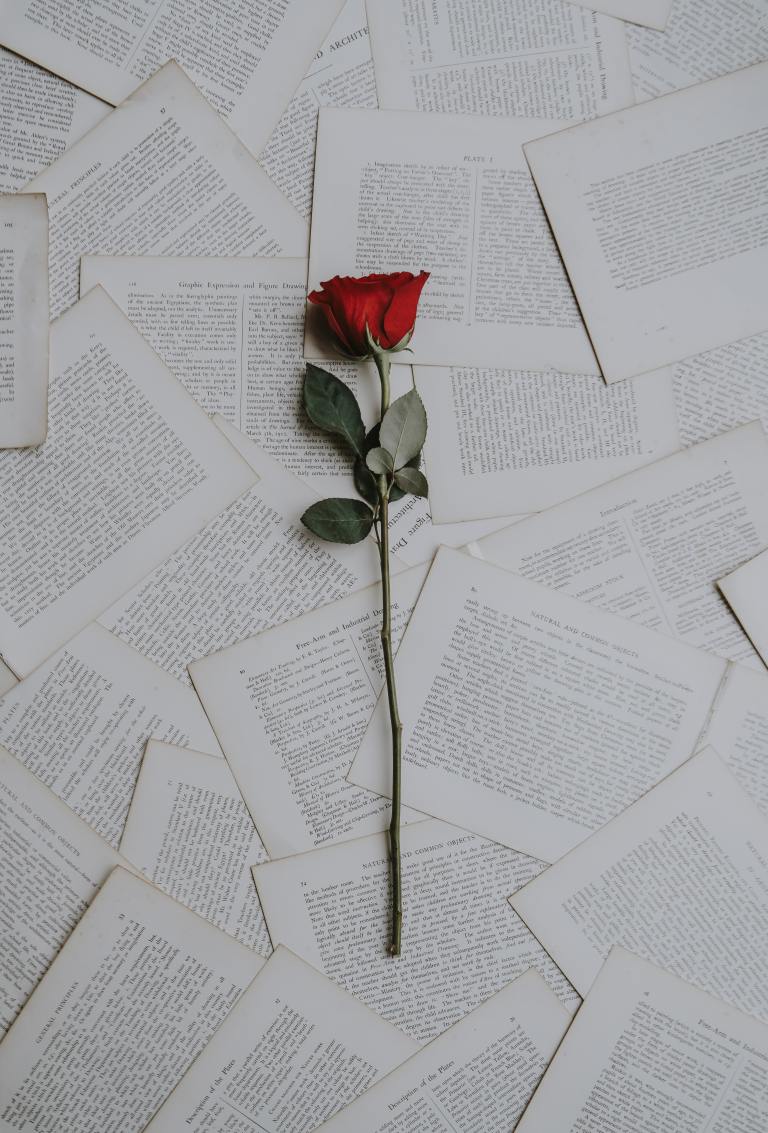10 Honest Responses To The Constant Cristicism Of Instagram Poetry And Poets
Full disclosure: I write poetry and share it on Instagram. I’m not even going to pretend that I’m impartial on this topic.
By ![]() Katja Bart
Katja Bart
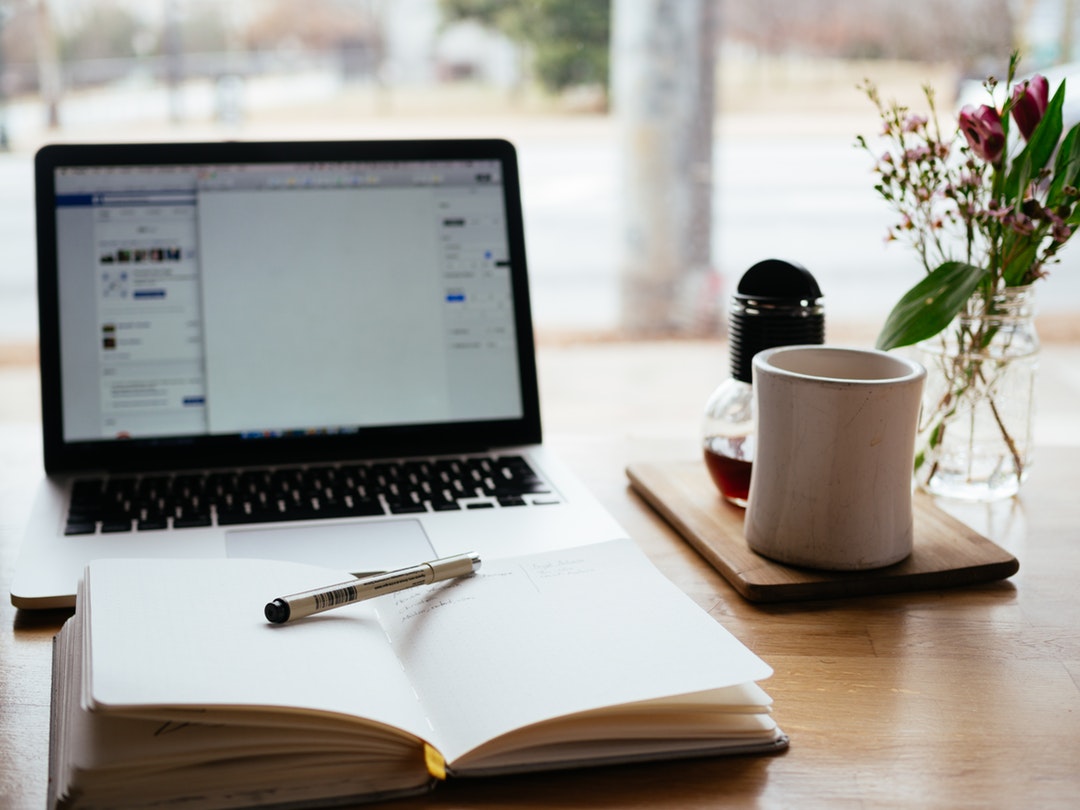

It seems like yesterday that I discovered poets on Instagram. Maybe it was – compared to the rest of literary history, this new form really did come out of nowhere. But I think it’s safe to say, it took the land by storm. And, as with all storms, the people caught without an umbrella are complaining.
Full disclosure: I write poetry and share it on Instagram. I’m not even going to pretend that I’m impartial on this topic.
1. “It’s shared on social media!”
Poetic forms have been changing and evolving since humanity first discovered that putting words in a certain order makes them sound nice. Poets adapt their works to suit their medium. This is why, in literary circles, they use terms like ‘oral tradition’ to refer to times when large swaths of the population couldn’t read or write and relied on the spoken word (or song) to get their entertainment. These days we have different means of communication – are you telling me we shouldn’t use that to reach our readers?
2. “Instagram poetry is too simplistic.”
My own experience in learning poetry at school was painful, not because it was hard to read, but because my school did not encourage critical thought or discussion. You either interpreted the poems “correctly” or your grades dropped. There was no room for cultivating joy of reading, let alone encouraging diversity of expression. What a radical notion it was, to not only discover diverse poetry online but also to see it celebrated.
3. “Anybody can post what they want.”
I’m not the first, nor will I be the last to point out how traditional poetry publications favor middle-class male writers with money to burn. Publishers don’t typically consider debut collections by people who haven’t got an audience, and if you cannot afford those submission fees, then gaining that audience becomes a lot harder. Poetry critics and editors have to pay the bills – that is understandable. Less so is their insistence on criticizing BAME, immigrant, or female poets for using alternative ways of making themselves heard. (And even then, those poets need to have access to wifi and phones that can support the app.)
4. “It’s too girly.”
Traditional poetry is the realm of dead old white guys, as well as a few “chosen women” that are seen as somehow better than the rest. (Let’s not forget, for a long time, the only version of Sylvia Plath’s poems that was available was the one edited by Ted Hughes.) Now, the same age-old criticisms are leveled at poets on social media – “it’s simplistic”, “it’s kitchy”, “it’s juvenile”, “it’s girly”. What’s next? A “no girls allowed” sign on the door? And what about those whose relationship with gender is not so binary? Whose club do they belong to?
5. “There is no quality control.”
For something to be controlled for quality, it must first be submitted, which is not what every single poet is able to do afford (see point 3). Even if a publication hasn’t got submission fees, editors and critics are human, too. They miss things. They pass on stuff because it’s Tuesday, it’s not their cup of tea, or they encounter the word “moist” in the first three lines. A poet meeting the approval of an editor means only that – they meet the approval of an editor. That is no guarantee that the readers will love them and it is certainly not guaranteed that the 50 other poets who got passed on in their favor were any worse than the others.
6. “It only sells because it’s popular.”
Heaven forbid a poet gains recognition outside of the ivory tower! That just messes with the whole starving artist archetype. We might have to – eeek! – think of the wider public as intelligent people capable of forming their own tastes. We might even have to – double eeek! – start paying artists a living wage!
7. “True art should be made because of love of the form, not to serve popular taste.”
And what makes you think that artists posting on Instagram don’t love the form? You don’t think Jean-Michel Basquiat would have taken advantage of social media if he had the chance? Or Angela Carter, whose literary estate instruction was to make money, with no specific requirement to good taste? Who was it exactly that William Shakespeare wrote his plays for? Art history is full of examples of selling out to the popular taste – and thank goodness because our cultural landscape would have been a lot poorer without them.
8. “I miss the days when young people went to proper art school.”
I miss the days when art school was free – except it still would not have been accessible to BAME poets, immigrants, or disabled people because we’re still getting the hang of this equal opportunity thing.
9. “But BAD POETRY! Who will stop it!”
Bad poetry isn’t a comic book villain and we don’t need the Red Pen Avengers to save us from it. While we complain about stupid algorithms that favor big accounts, there is a good thing about them – they reward engaging content. Bad poetry is bad because it does nothing for people. It doesn’t evoke emotion, it doesn’t add anything to a person’s day, it’s just nothing. Trust me – it may get posted, but it doesn’t get rewarded.
10. “It over-inflates people’s self-esteem.”
Even if self-esteem was such a terrible thing to have an abundance of, I don’t think this is something we should worry about. Social media is where you are one click away from both your biggest fans and your most ardent critics. You cannot get praise without also attracting a crowd of people who “don’t get what the hype is for”. That’s not strange – that’s what a career in the arts is about. 
